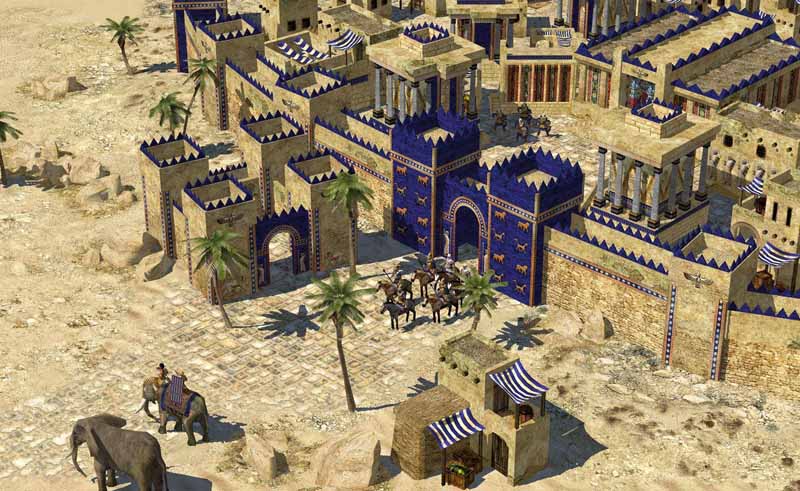In the blessing we recite on Purim night after reading the Megilla we mention כי פור המן נהפך לפורינו, that the lots drawn by Haman had switched to being our lots.
I found this terminology troublesome. Haman carries the lineage of Amalek, and we are taught that the outstanding feature of Amalek is אשר קרך, that they had the attitude that everything is happenstance and random. They believed that there is no concept that God directs in any manner the goings on in this world. The פור,
pur, the lots drawn by Haman were meant to symbolize this randomness. Haman would choose the date on which to exterminate the Jews in the most random way possible. Why would we want to make that ours. We do not believe that everything is random. Judaism teaches us that Gods hand is manifest throughout Creation.
I believe that the answer lies in the fact that even though we may believe that life is not random, the fact remains that from our constricted human perspective it often appears random. So many times things occur that we lack the ability to comprehend "Why?" and there is no escaping that reality within the human experience. We have, essentially, two options how to face such situations. We can embrace the Amalek/Haman philosophy that it is indeed random and lacking any rhyme of reason. Alternatively, we can believe that despite the seeming senselessness, we believe that God is behind these occurrences and there is meaning to the apparent randomness.
But there is a danger in the latter approach as well. One can take it to the extreme and say that since I don't and can't understand the mind of God, and I find so much of my life to be inexplicable, I will give up any attempt to understand and to participate in the development of my life and leave it all up to God. This complete self-abdication is also not the goal of the Torah and, in the end, is not much different than the Amalekite approach.
But I would suggest that this is exactly what occurred to the Jewish people after they crossed the Red Sea. Shortly after crossing they were attacked by Amalek. Why then? Our Sages teach us שרפו ידיהם מדברי תורה, there hands became weak in the study of Torah. What was it about crossing the Red Sea that caused them to minimize their efforts at studying Torah, the key to understanding the mind of God? I think that they were so dazzled by all the miracles they had seen that they were prepared to just give it all up to God and to cease trying to understand. The word רפו, used by the Sages to describe their weakening has the same letters as פור, the lots of Haman.
This then is the message of the blessing after the Megilla, we want the
pur of Haman to become
our pur. Not to leave it up to God but to embrace the randomness of life and make it our own, by continuing to strive to understand the meaning behind it.
 In Sichos haRan 1 Rebbe Nachman explains that each individual's understanding of God is very personal "כי אני ידעתי" and cannot really be shared with another. Furthermore, even to oneself each day is a different experience of the light of God and a person's experience of one day cannot be understood on another.
In Sichos haRan 1 Rebbe Nachman explains that each individual's understanding of God is very personal "כי אני ידעתי" and cannot really be shared with another. Furthermore, even to oneself each day is a different experience of the light of God and a person's experience of one day cannot be understood on another.

